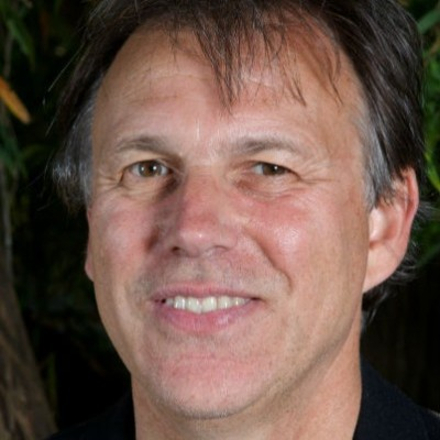California’s handling of extreme heat doesn’t bode well for the nation’s ability to address the effects of rising temperatures, which are most likely to harm people who can’t access air conditioning and who are already in poor health.

“Scorching summer temperatures have pushed extreme heat to the front of the nation’s collective consciousness. There’s just one problem: It’s hard to get politicians to care about it.
Even in California, home of the nation’s first outdoor heat standard for workers and a new law to create a ranking system for heat waves, the issue has yet to gain political traction. Advocates have struggled to secure funding to help residents adapt, and state officials have been slow to enforce worker safety rules.
California’s handling of extreme heat doesn’t bode well for the nation’s ability to address the effects of rising temperatures, which are most likely to harm people who can’t access air conditioning and who are already in poor health.
“Our focus has been on priorities where you can get people to buy in and, frankly, where it’s sexy. It’s new technology, it’s talking about electric vehicles and rooftop solar,” said state Sen. Anna Caballero, a Central Valley Democrat who represents rural communities that are among the poorest in the state. “We haven’t focused on the impacts of climate change on lower-income families.”
While President Joe Biden announced a federal effort last week to track heat-related illnesses, California officials began paying closer attention to heat deaths in 2021, after the Los Angeles Times estimated that high temperatures had killed nearly 4,000 people between 2010 and 2019 — more than six times higher than official state figures.
The data dwarfs fatalities from more dramatic extreme weather events like wildfires, floods and windstorms. Fewer than 300 Californians died from those events over the same period of time, according to data from the National Weather Service.
That was a shock to the department. I think the issue was really a lack of understanding about the magnitude of the problem.Paul English, PhD, MPH
Director, Tracking California, Public Health Institute
Lawmakers last year directed the state’s public health department to build a system for collecting real-time data from emergency rooms, but it’s not up and running yet. Officials don’t know when it will be operational, telling POLITICO that it’s still in the planning phase.
Meanwhile, Cal/OSHA, the agency tasked with developing the state’s workplace regulations, has yet to finalize rules for hot indoor job sites like warehouses and restaurants, despite lawmakers originally setting a 2019 deadline. And while California established the nation’s first outdoor heat standard for workers in 2005, enforcement has proven difficult. More than a third of Cal/OSHA’s 349 enforcement positions are currently unfilled, according to the latest figures published by the state.
A survey of 1,500 farmworkers conducted by the UC Merced Community and Labor Center earlier this year found around half of those interviewed said their employers didn’t always provide required rest breaks, and a quarter said they didn’t always have access to clean drinking water.
And while Gov. Gavin Newsom, a Democrat, touted some $865 million in last year’s budget for multiyear extreme heat programs, like grants for local governments and funding for planting trees, he and lawmakers cut nearly 40 percent of that money this year to close a deficit. Advocates argue that even before the cuts, heat spending represented a tiny fraction of a $54 billion climate package.
Advocates are feeling disheartened by what the cuts portend for California — and the nation’s — willingness to pony up for extreme heat.
Groups are hoping to get more funding via a bond proposal that could appear before voters next year, which would allow the state to finance environmental programs with borrowed money. They’re pushing lawmakers to include more than the $500 million to $1.6 billion currently envisioned for extreme heat programs.
Environmental justice and public health groups are hoping that the prospect of retrofitting housing and installing heat pumps will entice politically powerful labor unions to get involved. They’re looking to groups like a relatively new coalition of 13 unions, including SEIU California, the California Federation of Teachers and United Steelworkers, which is planning to release a policy platform this fall that will include extreme heat.
There’s a lot of work — and potential profit — to go around.”
To read the full article, click on the link below.
Originally published by Politico California Pro
You change the world. We do the rest. Explore fiscal sponsorship at PHI.
Together, we can accelerate our response to public health’s most critical issues.
Begin your career at the Public Health Institute.
During 2024, PHI worked alongside our partners to advance public health research, policies, programs and interventions in communities around the globe. Explore some of our most impactful work in 2024—a collection of our top stories, tools, resources and ideas that helped to improve health, advance equity and build community power.





